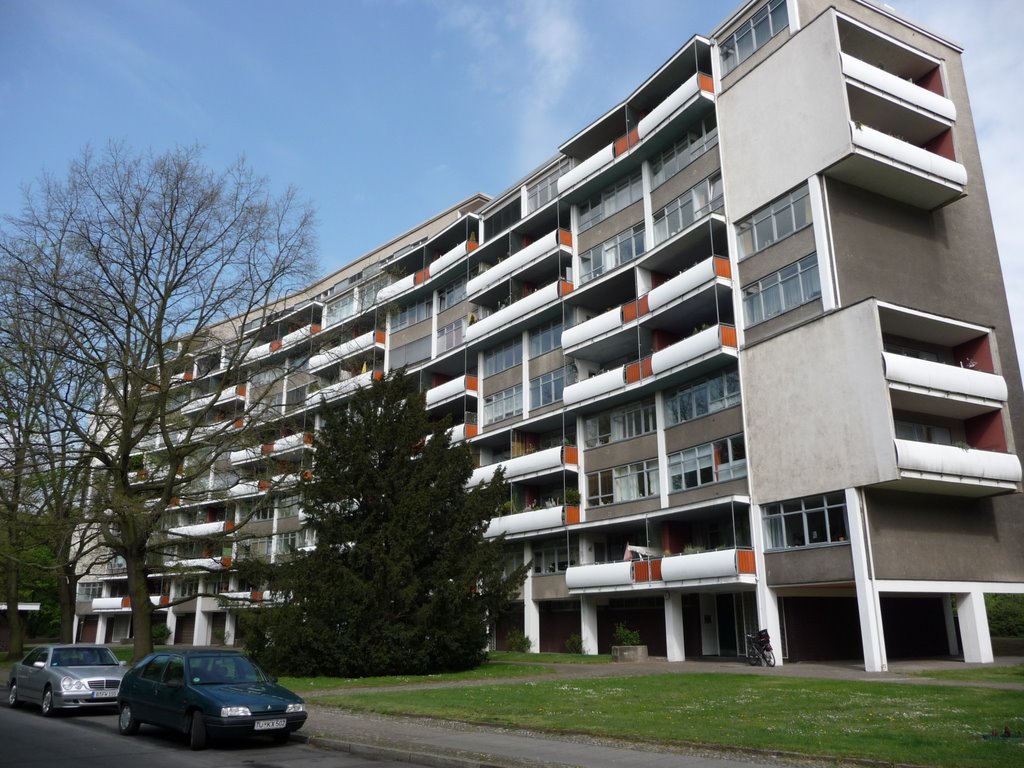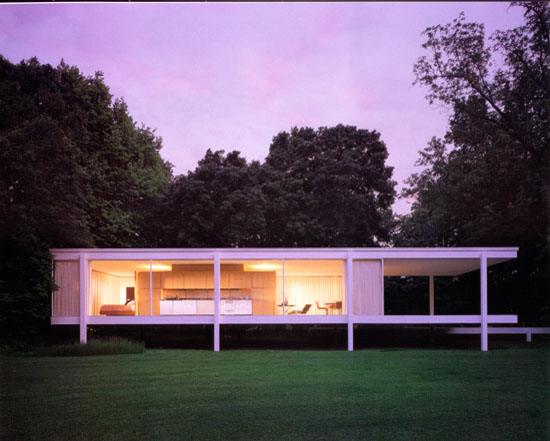The International Style
-Started in Western Europe in the 1920's
-Using geometric shapes, Le Corbusier, Walter Gropus and Miles Van der Rohe tried to create a new modern twist to architecture.
| The flesh Corbusier |
 |
| Le Corbusier architecture |
 |
| Walter Gropius Building |
 | |||
Walter Gropius architecture
Identifiable features (as building in this era were very different to others): |
1) rectangular forms having round projections
2) flat roof
3) lack of ornamentation (no decorations)
4) ribbon windows
5) curtain walls of glass
6) cantilevered surfaces
7) smooth wall surfaces
8) asymmetrical facade
 |
| International style architecture characteristics |
-More popular in Europe rather then in the United States. (1920's and 30's)
-1930: American architects begun experimenting with the international style, building upon the early 20th century American trends.
-An influential modernist style in architecture that developed in Europe and the United States in the 1920's and the 1930's. Characterized chiefly by regular, unadorned geometric forms, open interiors and use of glass, steel and reinforced concrete.
Characteristics: perception of architecture as volume rather than mass
: regularity instead of symmetry
: avoidance of extraneous ornamentation
Hitchcock and Johnson
In 1932, an exhibition of Modern Architecture took place at the Museum of Modern Art, New York. Hitchcock and Philip Johnson were two of the three organizers of the exhibition. They decided to call the exhibit 'The International Style'. After that, the name stuck. Some of the architects that took part in the exhibition is liked the idea of their buildings fitting in only one style genre. However, this was the way Modern architecture was heading in. |


No comments:
Post a Comment